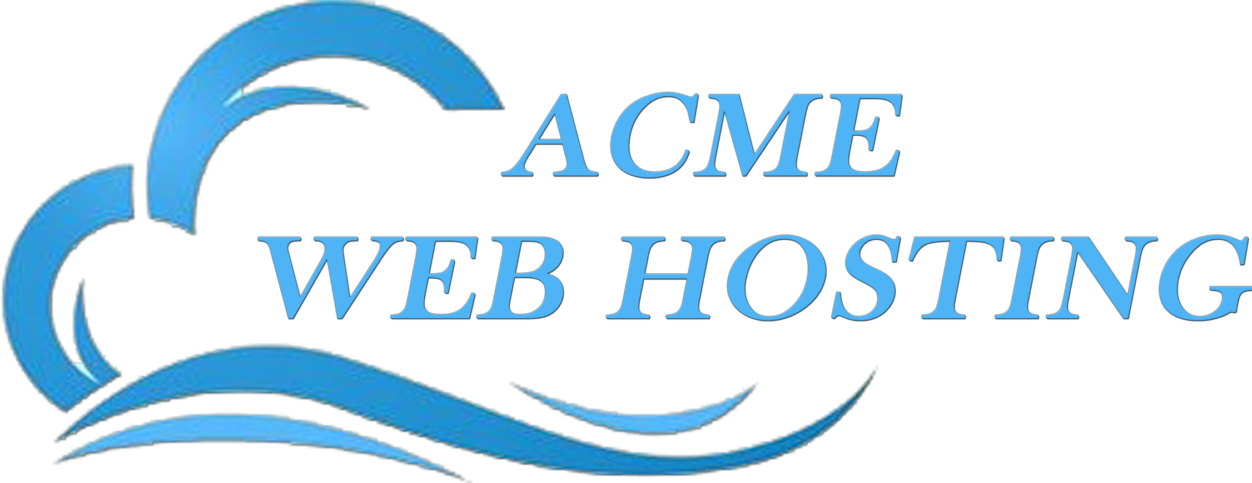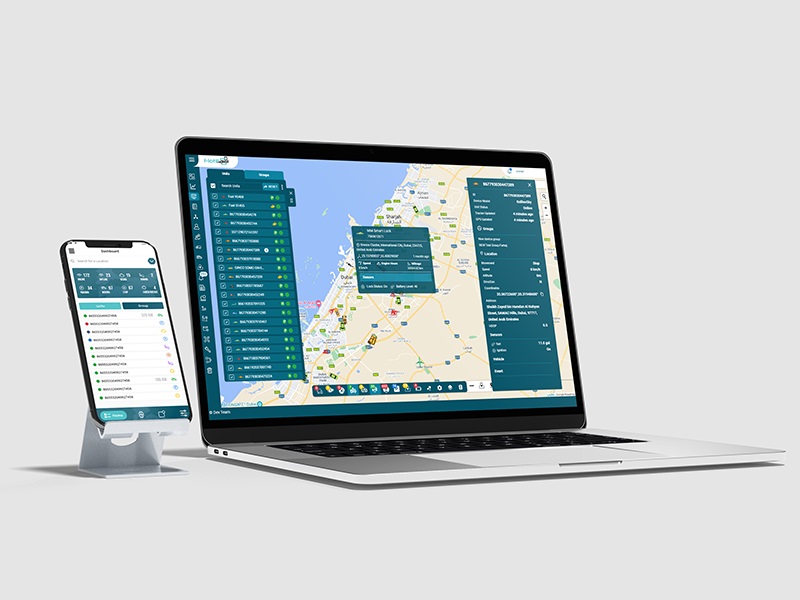Have you ever considered exactly what you do on a given workday? Unfortunately, in the hustle of meetings, emails, and the occasional coffee breaks, a lot of time can go to waste. However, time tracking software for employees is like a trusted guide. It helps both you and your team navigate your tasks and stay focused while improving your overall efficiency. Join me as we explore the many ways these tools can help improve your workplace, along with some of my personal stories to demonstrate their real-life magic.
Why Time Tracking Is Your Team’s New Best Friend
As an event manager, trying to meet deadlines without knowing the time consumption of certain tasks was pure agony. I remember an instance when I was managing a small event planning team, and I was always busy trying to keep up. The moment we got Controlio, it was as if a switch was flipped. We learned that a good number of our planning sessions were unjustifiably long. By having tighter meetings, we were able to bring down our budget and deliver events sooner than expected.
Controlio’s time tracking tools log hours spent on tasks, projects, or even specific apps, giving you an accurate estimate of productivity as well. They assist employees in correcting inefficient working habits too. For instance, one of my team members noticed that she was taking record amounts of time while refining the designs. Once we started enforcing time caps, her productivity, output, and confidence all soared.
Streamlining Tasks and Payments
Manual timesheets often lead to errors and excessive frustration. In my experience, I once dealt with a freelancer who overbilled a client—overdue, messy hour tracking contributed a lot to the issue. Fortunately for us, time tracking software solves this issue, automating accurate invoicing. Programs like Controlio help generate reports that detail exactly how client work was billed, ensuring thorough documentation of provided services.
For teams that work based on projects, these programs aggregate the work divided seasonally by hours worked for specific tasks per client, allowing for easy identification of scarce resources. This helps you to manage your projects better, makes it possible to balance resource documentation, and ensures that profitable projects are kept running without interruption.
Fostering Remote and Hybrid Teams
Tracking remote employees is often seen as an impossible task and can feel overwhelming, like herding cats across impossible distances. Remote workers have it easier due to time tracking software that forces real-time synchronization and auto-logs attendance. For field personnel or remote workers, geofencing features encourage productivity without micromanagement. For instance, when my team shifted to remote work, we minimized “status update” emails by using a tracker that monitored task completion—more efficient ways to prove productivity freed us from drawn-out email chains.
These tools also encourage fairness. I remember noticing one remote employee actively logging overtime while another employee had open hours. That information allowed me to redistribute some of the workload, which helped avoid burnout and improved morale. It’s like having a team virtual meeting where everyone can attend from anywhere.
Addressing Privacy Concerns Frankly
Worrying about privacy aspects of tracking tools can make employees cautious about using them. When we introduced Controlio, a few team members were hesitant, and I understand why. Privacy matters to everyone. To solve the issue, I called a short meeting to discuss how we would track work tasks and not personal activities. I explained the method implementation and assured everyone that trust would be maintained and shared workflows would improve. My honesty won over many skeptics.
Trust can be maintained when work-related data is collected, such as time spent on tasks, without intrusive features like keystroke logging unless absolutely necessary. To keep everyone feeling respected, clear policies and regular check-ins are essential.
Maximizing the Benefits of Time Tracking
Is your team all set for an efficiency boost? You can start by selecting a fitting tool—smaller organizations might prioritize basic time tracking, while larger companies usually have more complex needs like detailed analytics. Consider piloting a small group first and smoothing out the kinks before a larger rollout. An employee training guide should be clear and divided by roles. Staff can be trained on time-logging basics, while managers may need guidance on navigating reports.
Make data useful and actionable. Identifying recurring time overruns during weekly reviews often sparks solutions. I noticed a dragging pace during planning and adjusted my target down to 80%, reducing the planning time. Calendar integrations with tools like Trello or QuickBooks also enhance efficiency, automating repetitive tasks while capturing more time shifts, resulting in further time savings.
Concluding Thoughts
Tracking time using dedicated software enhances your organization’s workplace productivity much like a superpower. Focus can be improved, operations streamlined, and team engagement enhanced. Controlio depicts time usage, clarifying workflows and empowering teams to operate more efficiently. Whether your crew is remote or in the office, such tools transform disorder into order. What’s one process you wish to optimize? Begin tracking and witness an immediate boost in team productivity!





